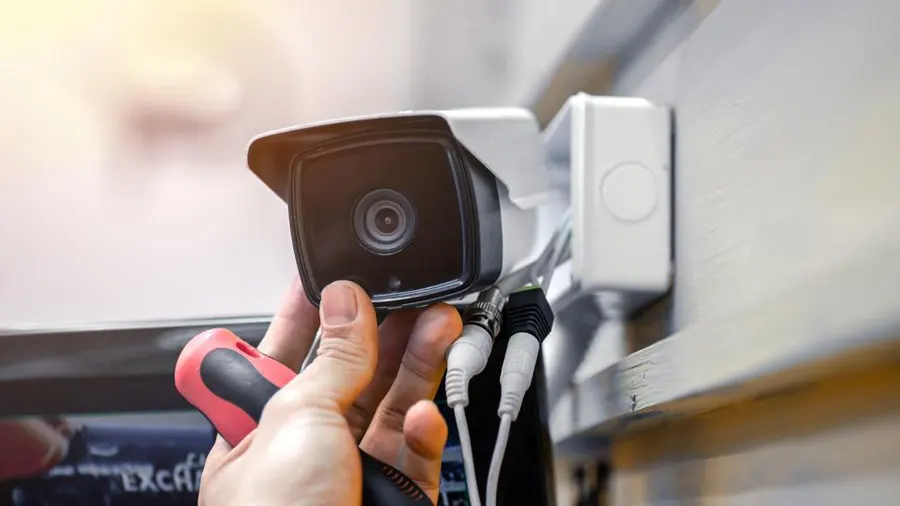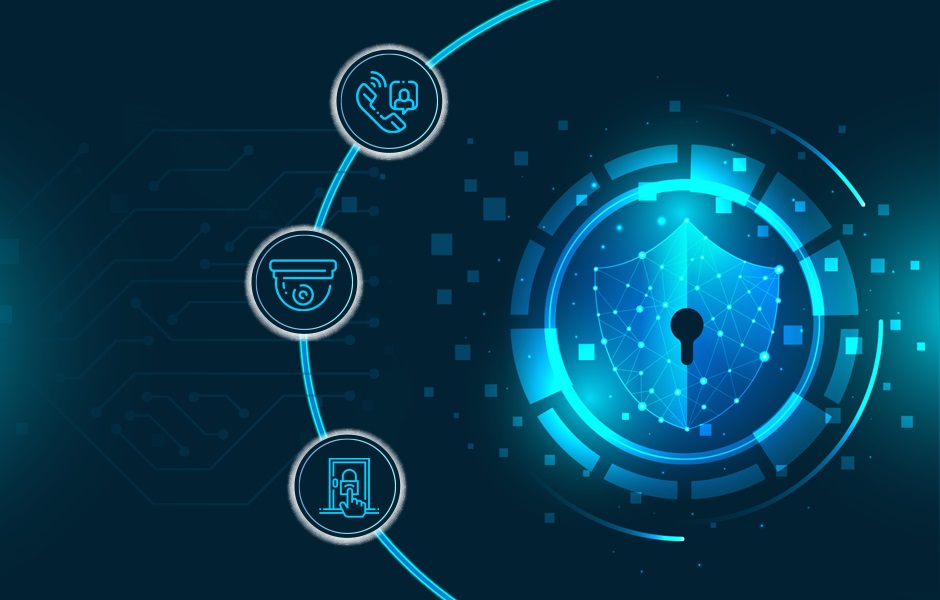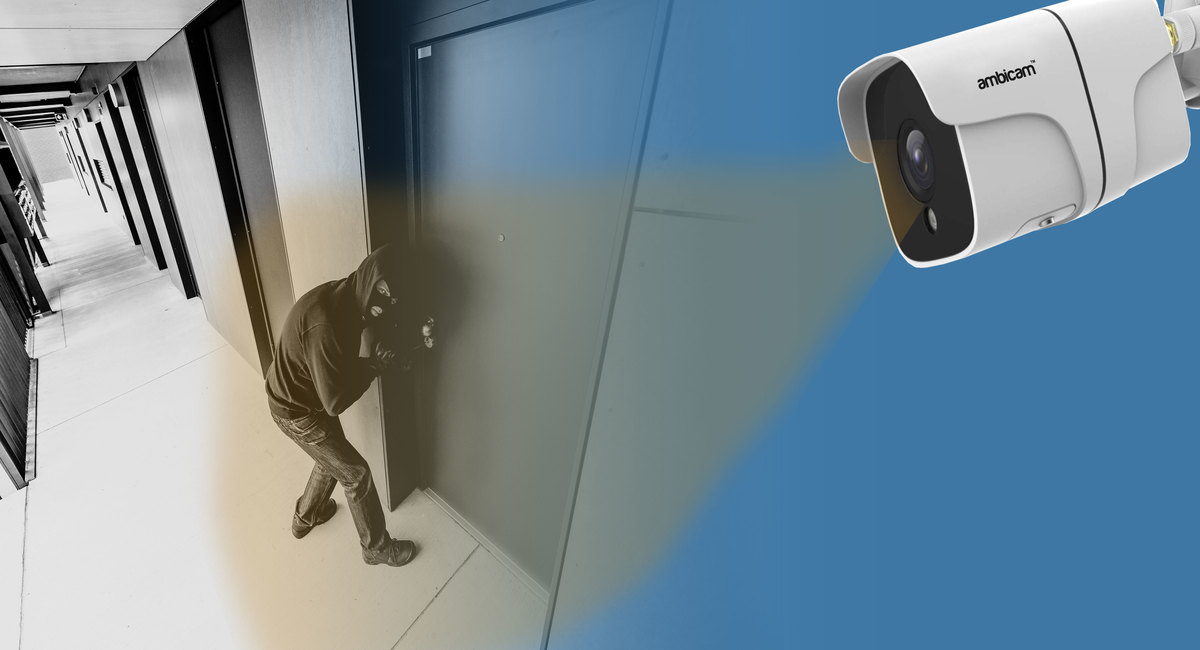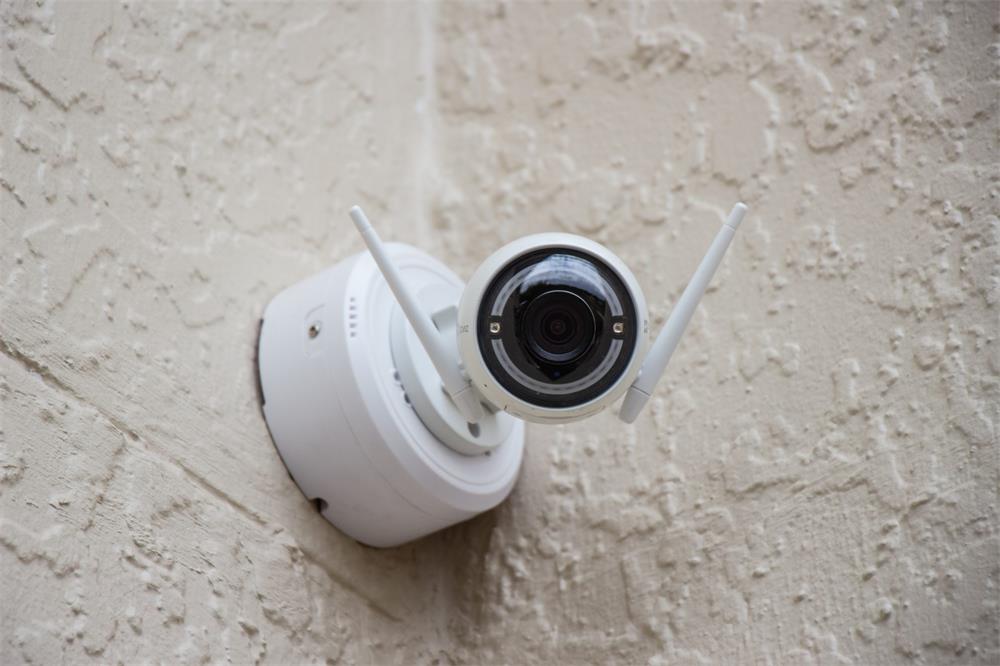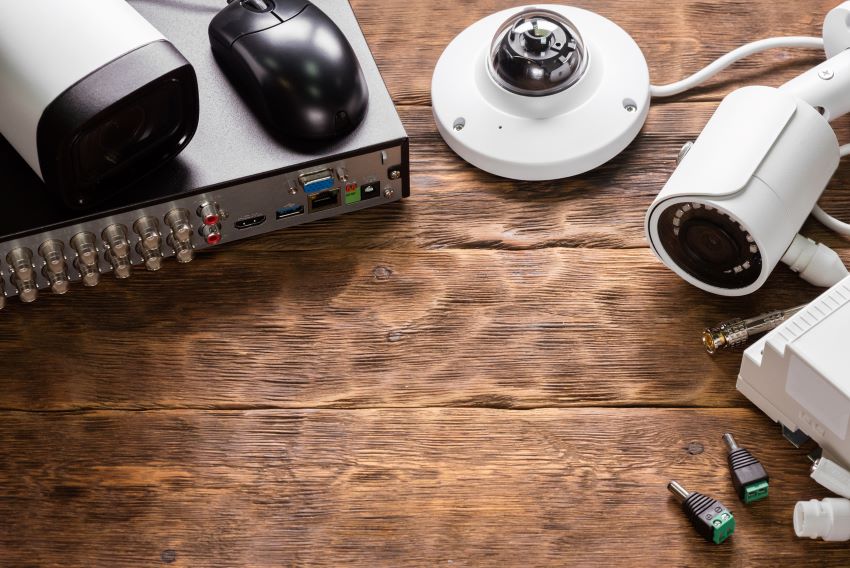Contents
Why You Need Security Cameras
If you own a property or a business, you understand the importance of keeping it safe and secure. Whether it’s your home, office, storefront, or warehouse, you want to protect your assets and loved ones from theft, vandalism, or other forms of harm.
While there are many ways to enhance security, one of the most effective tools is installing security cameras. Security cameras provide a visual record of what happens on your property 24/7.
By monitoring the premises in real-time or reviewing footage after an incident occurs, you can identify potential threats and criminals and take appropriate action. With today’s advanced technology, security cameras can capture high-resolution images and video with wide-angle views that cover large areas.
The Benefits of Security Cameras
Besides deterring crime and catching criminals in the act, security cameras offer several other benefits that make them a worthwhile investment. Here are some advantages to consider:
1. Increased peace of mind: Knowing that you have eyes on your property at all times can reduce anxiety and stress.
2. Cost-effective solution: Compared to hiring full-time security personnel or paying for insurance deductibles after an incident occurs, installing security cameras is a cost-effective solution.
3. Remote monitoring: Many modern security systems allow you to monitor your property remotely using mobile apps or web portals.
4. Evidence in court: If a crime does occur on your property despite having cameras installed, the footage can serve as evidence in court proceedings.
As you can see from the above examples, there are many reasons why installing security cameras is an essential part of securing your property. In this article we will go over how to choose the right camera for your needs as well as how to install and maintain it properly for long-term functionality!
Choosing the Right Security Camera
Consider Factors Such as Camera Type and Resolution
When choosing a security camera, there are several factors to consider. One is the type of camera you want.
Do you need a bullet camera, dome camera, or PTZ (pan-tilt-zoom) camera? Each has its own advantages and disadvantages.
Bullet cameras are usually small and discreet, making them easy to install in inconspicuous places. Dome cameras have a wider field of view and can be harder to tamper with.
PTZ cameras are great if you need to monitor a large area that requires frequent changes in viewing angle. Another important factor is the resolution of the camera.
The higher the resolution, the better the image quality will be. A 1080p or 4K resolution is ideal for capturing clear images that can help identify intruders.
Field of View and Connectivity Options
In addition to type and resolution, it’s important to consider the field of view (FOV) of your security camera. This refers to how much area your camera will cover at any given time.
A wider FOV means you’ll need fewer cameras to cover an entire area. Connectivity options are also important.
You’ll want your security cameras to connect easily with your network so you can access footage remotely if needed. Wi-Fi-enabled cameras are convenient for easy installation but may not provide as stable a connection as wired Ethernet-connected cameras.
Research Different Brands and Models
Once you’ve identified what features matter most for your needs, research different brands and models available on the market today before selecting one from among them. Read reviews online from other customers who have purchased these models before so that you know what their experience was like with each particular brand or model because their experiences could inform yours too. By taking time to research and consider these factors, you’ll be able to choose a security camera system that meets your specific needs, whether it’s for home or business use.
Installing Your Security Camera System
Determine optimal placement for each camera based on your property layout and potential security threats
You’ve decided to install a security camera system, now it’s time to decide where you’ll place them. Take a walk around your property and identify the areas that are most vulnerable to break-ins or other types of crimes. Some common areas might be windows, doors, driveways, or paths leading up to your home.
Consider the layout of your property and identify any blind spots that need coverage. You’ll want a clear view of everything that goes on outside your home.
Also consider lighting conditions in each area. Cameras perform better in well-lit areas, so you may need additional lighting in some locations.
Another factor to consider is the weather conditions in your area. Cameras should be able to withstand extreme weather conditions like rain or snow, so make sure they’re placed accordingly.
Follow manufacturer instructions carefully to ensure proper installation and wiring
Before diving into the installation process, read the manufacturer’s instructions carefully and follow them closely. Different cameras have different installation requirements and specifics for wiring. You should always begin with making sure all electrical sources are turned off before starting any DIY installation process for safety reasons.
Make sure you have all necessary tools at hand before beginning the installation process as it will make things easier for you during the setup phase. Take time to understand how cameras work before installing them so you can optimize their performance by setting them up correctly.
Consider hiring a professional installer if you are unsure about DIY installation
If DIY installation seems too daunting or complicated for you, don’t hesitate to call in professional help. Technical support staff can do an excellent job installing cameras by following best practices according to industry standards while ensuring optimum performance levels. This option may cost more money than doing it yourself but is often the preferred route for many homeowners.
They will also help you in picking the right security camera suitable for your specific needs and also offer advice on optimal placement. A professional installer can save you time, effort, and ensure that your cameras are properly installed to provide maximum coverage and protection.
It’s better to be safe than sorry when it comes to protecting your property and loved ones. Overall, whether you choose to install your cameras yourself or hire a professional installer, always remember that the ultimate goal is ensuring maximum coverage, security, and protection for your property.
Setting Up Your Camera Monitoring System
Choosing the Right Monitoring Software or Service
Once you’ve installed your security cameras, you’ll need to choose a monitoring software or service to view footage and receive alerts. There are many options available, ranging from free apps to paid cloud-based services.
When choosing a monitoring solution, consider factors such as cost, ease of use, and the number of cameras supported. If you’re on a tight budget or only have one or two cameras, a free app like iSpy or Yawcam might be sufficient.
These apps allow you to view live footage and receive motion detection alerts on your smartphone or computer. However, keep in mind that these apps may not offer advanced features like remote playback or cloud storage.
If you have multiple cameras and want more robust features like remote playback and cloud storage, consider a paid service like Nest Cam or Arlo Smart. These services offer more advanced functionality for a monthly fee.
Cloud-Based Vs. Local StorageOne important factor to consider when choosing a monitoring service is whether it uses cloud-based storage or local storage. Cloud-based storage offers the advantage of off-site backup in case of theft or damage to your camera system. It also allows for easier access to footage from anywhere with an internet connection. On the other hand, local storage solutions like DVRs can be more reliable as they are not dependent on an internet connection. They also offer greater control over how your footage is stored and accessed. Ultimately, the choice between cloud-based vs local storage will depend on your specific needs and preferences.
Configuring Your Cameras
Once you’ve chosen your monitoring software or service, it’s time to configure your cameras to connect with it using Wi-Fi or Ethernet cables. Each camera will have its own unique setup process depending on the brand and model.
For Wi-Fi connections, you’ll need to enter your network name and password into the camera’s settings. For Ethernet connections, simply plug the cable into the camera and your router.
Make sure to test each camera after setup to ensure it is properly connected and streaming footage. If you have any issues with connectivity, check your router settings or consult the manufacturer’s support documentation.
Conclusion
Setting up your camera monitoring system can be a time-consuming process, but it’s essential for ensuring the safety of your property and loved ones. Take time to research different monitoring solutions and choose one that fits your needs and budget.
Once you’ve chosen a service, follow the manufacturer’s instructions carefully to configure your cameras for optimal performance. With a little effort, you can enjoy peace of mind knowing that your property is protected around the clock.
Maintaining Your Security Cameras
Clear Lenses for Clear Footage
So, you finally installed your security camera system and now it’s time to kick back, relax, and let the cameras do their work, right? Not quite!
While security cameras are excellent tools for monitoring your property and keeping it safe, they require proper maintenance to ensure that they function at their best. One of the essential maintenance practices is cleaning the lenses and housings regularly.
Dirt, dust, and other debris can accumulate on your camera lenses over time. This buildup can obscure the view and produce blurry or unclear footage.
To prevent this from happening, you should clean your camera lenses regularly using a soft cloth or a microfiber cloth. You can also use a cleaning solution specifically designed for camera lenses.
Stay Up-to-Date with Firmware Updates
Firmware is software that controls the hardware components in your security cameras. Manufacturers release firmware updates periodically to fix bugs, improve performance or add new features to their products.
Keeping up-to-date with these firmware updates is vital as it helps ensure that your cameras operate efficiently. To check if there are any available firmware updates for your cameras, visit the manufacturer’s website or use their mobile app (if available).
Follow the update instructions carefully to avoid damaging your system. Keep in mind that updating firmware may take some time but it’s better than leaving a vulnerable system open for attack.
Replace Faulty Components Promptly
Like any electronic device, security cameras have several components that can fail over time due to wear and tear or other factors such as power surges. If one of these components fails (e.g., power supply unit), it could result in reduced functionality of all connected devices or even lead to a complete system failure. It’s best practice to replace faulty components promptly so as not to compromise your system’s effectiveness and security.
Most manufacturers offer warranties for their products, so check with them before making any repairs yourself. If you’re unsure about replacing a component or the warranty has expired, contact a professional installer for help.
Conclusion
Maintaining a home security camera system may seem like an additional burden but it’s necessary to ensure that the cameras function at their best when you need them the most. Regular cleaning of the lenses and housings helps keep your footage clear and sharp while staying up-to-date with firmware updates ensures that your cameras are secure from potential vulnerabilities.
Replacing faulty components also helps maintain your system’s effectiveness and reduces the likelihood of failure when you need it most. By following these maintenance practices, you can rest assured that your home security camera system is safeguarding your property and loved ones effectively.
Conclusion
Recap Key Points on Choosing, Installing, Setting Up, and Maintaining a Security Camera System
Choosing the right security camera involves considering key factors such as camera type, resolution, field of view, and connectivity options. Installing your camera system involves identifying optimal placement based on your property layout and potential security threats.
Setting up your monitoring system requires selecting a software or service that fits your budget and needs. Maintaining your security cameras means regularly cleaning lenses and housings to ensure clear footage, updating firmware to keep cameras up-to-date with security patches, and replacing faulty components promptly to avoid compromising your system’s effectiveness.
Emphasize the Importance of Staying Vigilant
While installing a security camera system is an important step in protecting your property and loved ones from potential threats, it’s essential to remain vigilant at all times. A security camera can only do so much; it’s up to you to stay aware of any unusual activity in or around your home or business.
Make sure you’re familiar with the features of your monitoring software or service so you can respond quickly if an alert is triggered. Take precautions such as securing doors and windows with locks or alarms.
Remember that no system is foolproof; staying alert and aware is key to maintaining the safety of yourself and those around you. Installing a security camera system requires thoughtful consideration when selecting equipment based on specific needs.
Proper installation is just as important as regularly maintaining the equipment so that all aspects are fully functioning. While having a properly installed system allows some sense of ease for property owners knowing they can monitor their area from anywhere at any time through just one device but must always have vigilance because not every flaw may be detected through one device alone.

